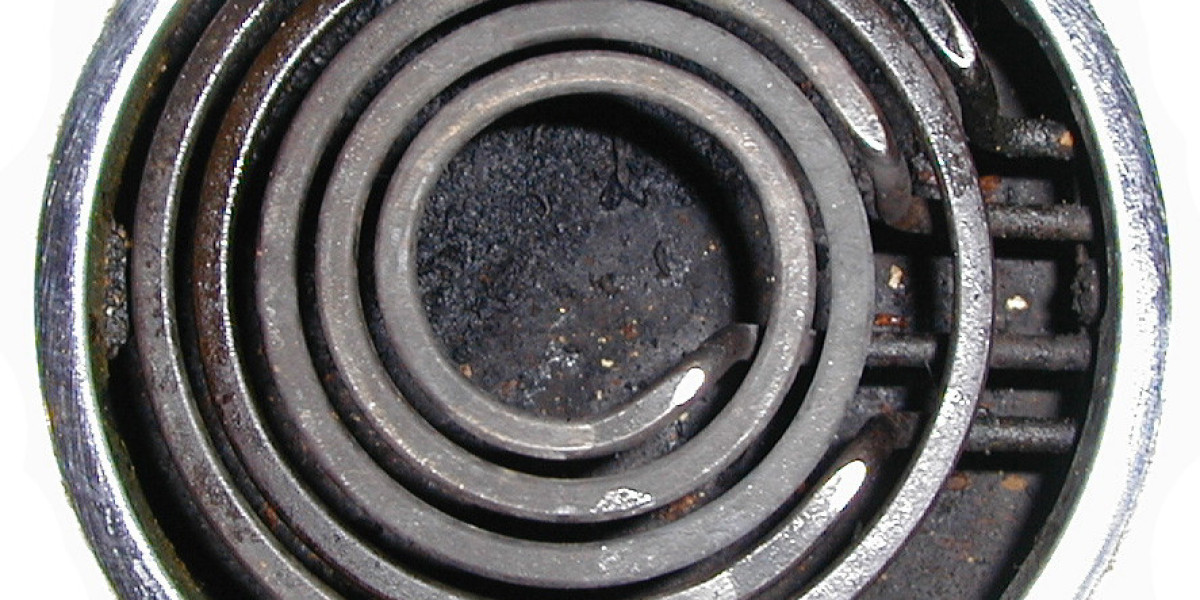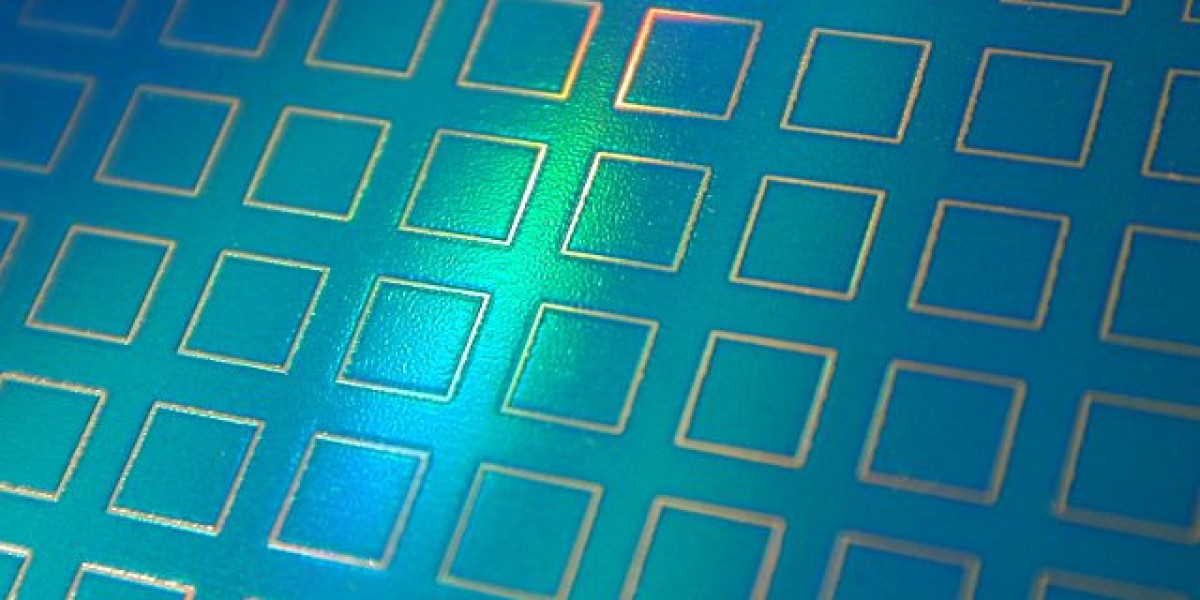Anabolic Steroids: What They Are, Uses, Side Effects & Risks
How to Start a Career in IT — From Zero Knowledge to First Job
Below is a step‑by‑step playbook that works whether you’re a complete beginner or someone who already has some technical background. The goal is to give you a clear learning path, the right resources, and real‑world practice so you can land an entry‑level IT role (help desk, support analyst, junior security engineer, etc.).
> Tip: Treat each phase as a sprint. Spend about 4–6 weeks on one focus area before moving on. Keep a learning log or portfolio—your progress is your résumé.
---
Phase 1 – Foundations & Soft Skills (Weeks 0‑4)
| Goal | Why It Matters |
|---|---|
| Computer literacy: hardware basics, operating systems (Windows, macOS, Linux), networking fundamentals. | All IT jobs start with a solid understanding of how machines work. |
| Problem‑solving mindset: break problems into smaller steps, practice troubleshooting scripts or command lines. | Troubleshooting is the core of technical support and many development tasks. |
| Communication & customer service basics: active listening, empathy, clear documentation. | Tech roles involve explaining solutions to non‑technical users. |
Suggested Activities
- Hardware walk‑through
- Operating System Installations
- Command‑line Basics
- User‑friendly Troubleshooting Guide
3️⃣ Practical "On‑Site" Scenario – The Broken Laptop
? Problem Statement
An employee’s laptop is stuck on a blue screen (BSOD) after updating Windows. No one knows how to resolve it.
? Step‑by‑Step Guide
|
| Action | Why It Works |
|---|--------|--------------|
| 1 | Boot into Safe Mode (`Win + R → msconfig → Boot tab → Safe boot`) | Loads minimal drivers, allowing us to access the system. |
| 2 | Uninstall Recent Update (`Settings → Windows Update → View update history → Uninstall updates`) | Removes potentially corrupted driver or kernel component. |
| 3 | Run System File Checker `cmd as admin → sfc /scannow` | Restores any missing/corrupted system files. |
| 4 | Check Event Viewer (`eventvwr.msc → Windows Logs → System`) | Identifies specific error codes or drivers causing the crash. |
| 5 | Update Graphics/Network Drivers from manufacturer site | Replaces faulty driver that may have caused the BSOD. |
| 6 | Restart & Verify | Ensure system boots normally; if issue persists, run a memory test (`memtest86+`). |
---
4️⃣ Quick‑Start Checklist
| ✅ | Item | Why? |
|---|---|---|
| ☐ | Backup data (important files) | Prevent loss. |
| ☐ | Install latest Windows updates | Fixes known bugs & security holes. |
| ☐ | Run a full system antivirus scan | Detects malware that could cause crashes. |
| ☐ | Check for driver updates via Device Manager or manufacturer site | Outdated drivers often trigger BSOD. |
| ☐ | Use built‑in "Windows Memory Diagnostic" if you suspect RAM issues. | Validates memory integrity. |
| ☐ | Keep a log of any error messages and times. | Helps pinpoint the culprit. |
---
Quick Reference: Common BSOD Causes
| Cause | Symptoms | Fix |
|---|---|---|
| RAM failure | Repeated, random crashes, "MEMORY_MANAGEMENT" error | Replace faulty RAM module(s). |
| Overheating | Crashes after a few minutes of use, "IRQL_NOT_LESS_OR_EQUAL" | Clean fans, ensure proper airflow. |
| Faulty drivers (especially graphics) | Crash when launching games or heavy apps | Update/reinstall driver from vendor’s site. |
| Power supply issues | System restarts abruptly, "POWER_FAILURE" | Test/replace PSU. |
| File system corruption | Random crashes, "FILE_SYSTEM_ERROR" | Run CHKDSK, repair or reinstall OS. |
| Incompatible hardware (e.g., unapproved RAM) | Crashes on boot, "MEMORY_MANAGEMENT" | Use validated components, check BIOS updates. |
---
5. Summary Table of Common Causes & Fixes
| Symptom / Event | Likely Cause | Quick Check | Recommended Fix |
|---|---|---|---|
| System crashes during heavy load (gaming, video) | Overheating or insufficient cooling | CPU temp > 90 °C; fan spin rate low | Clean fans, replace thermal paste, upgrade case airflow |
| Blue screen with "IRQL_NOT_LESS_OR_EQUAL" | Driver conflict (USB, display) | Recent driver install? | Roll back driver; update to latest version |
| Random reboots on power button press | Power supply issues or BIOS errors | PSU load test; check CMOS battery | Replace PSU; reset BIOS to defaults |
| Windows freezes after waking from sleep | Wake timers or device drivers | Disable wake timers; update drivers | `powercfg -devicequery wake_armed` to identify devices |
| "Display driver stopped responding" error | Graphics card overheating | GPU temperature > 80°C? | Clean fans, apply new thermal paste; check overclocking |
---
4. Common Causes of Windows Errors (Hardware/Software)
| Symptom | Potential Cause(s) |
|---|---|
| Blue Screen of Death (BSOD) | Faulty RAM, overheating CPU/GPU, bad drivers, incompatible hardware |
| Random restarts or shutdowns | Power supply issues, voltage instability, failing hard drive |
| System freezes, high latency | Fragmented disk, insufficient memory, malware, background processes |
| Display artifacts / flicker | GPU driver corruption, overheating GPU, loose video cable |
| Wi‑Fi drops, slow speeds | Faulty router/antenna, interference, outdated firmware |
| Audio distortion or silence | Incorrect audio drivers, hardware jack misalignment |
---
4. Recommended Repair and Replacement Parts
Below are parts that can address the most common problems listed above. All prices are approximate U.S. retail; actual costs may vary by vendor.
| Category | Part (Model) | Why It’s Needed |
|---|---|---|
| Motherboard | ASUS PRIME B450M-A (or equivalent B450 chipset) | New board supports current CPUs, improves power delivery and stability. |
| CPU | AMD Ryzen 5 3600 | Mid‑range performance; compatible with B450 boards; offers better single‑core speed than older AMD chips. |
| Memory | 16 GB DDR4 (2 × 8 GB) 3200 MHz | Faster, more capacity for multitasking and modern applications. |
| Storage | Samsung 970 EVO Plus 500 GB NVMe SSD | Fast boot times; replace aging HDD or slower SATA SSD. |
| Power Supply | Corsair RM650x (650W) | Efficient, fully modular; supports higher power loads with future upgrades. |
| Case / Cooling | Mid‑tower case with at least one 120 mm fan + CPU cooler | Adequate airflow to keep components cool and reliable. |
How this addresses the issues
- Increased speed & performance → Faster boot, application launch, and multitasking.
- Reliability → Modern components have better longevity; the new PSU reduces power‑related failures.
- Future proofing → 650W PSU allows adding a GPU or additional drives without re‑powering.
3. Suggested Order of Operations
| Step | What to Do | Why it matters |
|---|---|---|
| 1. Back up all data | Copy important files (documents, photos, music) to an external drive or cloud. | Prevent loss in case something goes wrong during disassembly. |
| 2. Gather tools & workspace | Phillips screwdriver, anti‑static wrist strap, plastic pry tool, clean table. | Keeps the PC safe from static damage and makes work easier. |
| 3. Power down & unplug | Switch off PC, disconnect power cord & all cables. | Safety first; prevents accidental shorts or injuries. |
| 4. Open case | Remove side panel (usually by unscrewing or unlatching). | Gives access to internal components. |
| 5. Label and disconnect | Use tape/labels for cables that will be unplugged; note their positions. | Helps re‑connect them accurately later. |
| 6. Remove peripheral cards | Unscrew the PCIe/PCI cards, pull them out gently (release latches). | Clear space for new hardware or to free up slots. |
| 7. Detach drives / adapters | Disconnect SATA/SAS cables and power connectors; unscrew enclosures if needed. | Allows removal of old drives or addition of new ones. |
| 8. Install/replace hardware | Insert new cards, SSDs, etc., secure with screws, reconnect cables. | Perform the upgrade or maintenance task. |
| 9. Verify connections | Double‑check that all connectors are firmly seated and no loose parts remain. | Prevents electrical faults and ensures reliable operation. |
| 10. Reboot / test | Restart system; run diagnostics to confirm new components are recognized. | Validates the success of the procedure. |
---
5. Safety Precautions
| Risk | Mitigation |
|---|---|
| Static discharge damaging electronics | Use an anti‑static wrist strap or work on an antistatic mat. |
| Electrocution from mains voltage | Ensure all power cords are unplugged; use insulated tools. |
| Dropping heavy hardware (e.g., server racks) | Secure equipment with lanyards or rack mounts; use proper lifting techniques. |
| Cuts or abrasions from metal edges | Wear cut‑resistant gloves and eye protection. |
| Fire hazard from improperly connected cables | Verify polarity of power cords; avoid overloading circuits. |
---
4. Detailed Procedure for a Sample Task
Example: Installing a new hard drive in a rack‑mounted server.
- Preparation
- Turn off the server and unplug all cables (power, network, etc.).
- Apply static protection: connect wrist strap to grounded point.
- Accessing Drive Bay
- Release any locking mechanism on the drive bay where the new drive will be inserted.
- Mounting the Drive
- Secure with screws; ensure tight but not over‑tightened to avoid damage.
- Connecting Cables (if required)
- Verify proper seating of connectors; avoid forceful insertion.
- Closing the System
- Re‑connect any external cables, including power.
- Power On and Verification
- Optionally, initialize and format the drive in the operating system.
---
4. Common Mistakes to Avoid
| Mistake | Why It’s Problematic | Remedy |
|---|---|---|
| Using the wrong power connector (e.g., attaching a SATA 3-pin to an M.2 slot) | The pins don’t match; the drive will not receive power or may be damaged | Verify pin layout and use the correct connector |
| Forgetting to secure the drive with the screw | Loose drives can vibrate, disconnect, or short out | Tighten screws firmly but avoid overtightening |
| Applying too much force when inserting the cable | May bend pins or damage the drive’s contacts | Gently slide the connector into place; do not force |
| Leaving the cable in the wrong orientation | Pins misaligned leading to no power transfer | Ensure proper alignment before insertion |
| Using a damaged or frayed cable | Risk of short circuits and biofree.com.br power loss | Inspect cables for wear; replace if necessary |
---
3. Quick‑Reference Checklist
- Verify that the cable is in good condition (no kinks, broken pins).
- Check the orientation: plug into the motherboard’s PCIe slot first.
- Align the connector carefully – don’t force it.
- Secure both ends snugly to avoid any loose contact.
- Double‑check that the power source is on and stable.
- Power on the system only after confirming all connections.
Pro Tip: If you’re ever unsure about a connection, look for the small "key" or notch in the connector. That’s your guide to aligning it correctly.
Happy building! If you run into any snags, feel free to drop a comment and I’ll help troubleshoot.








